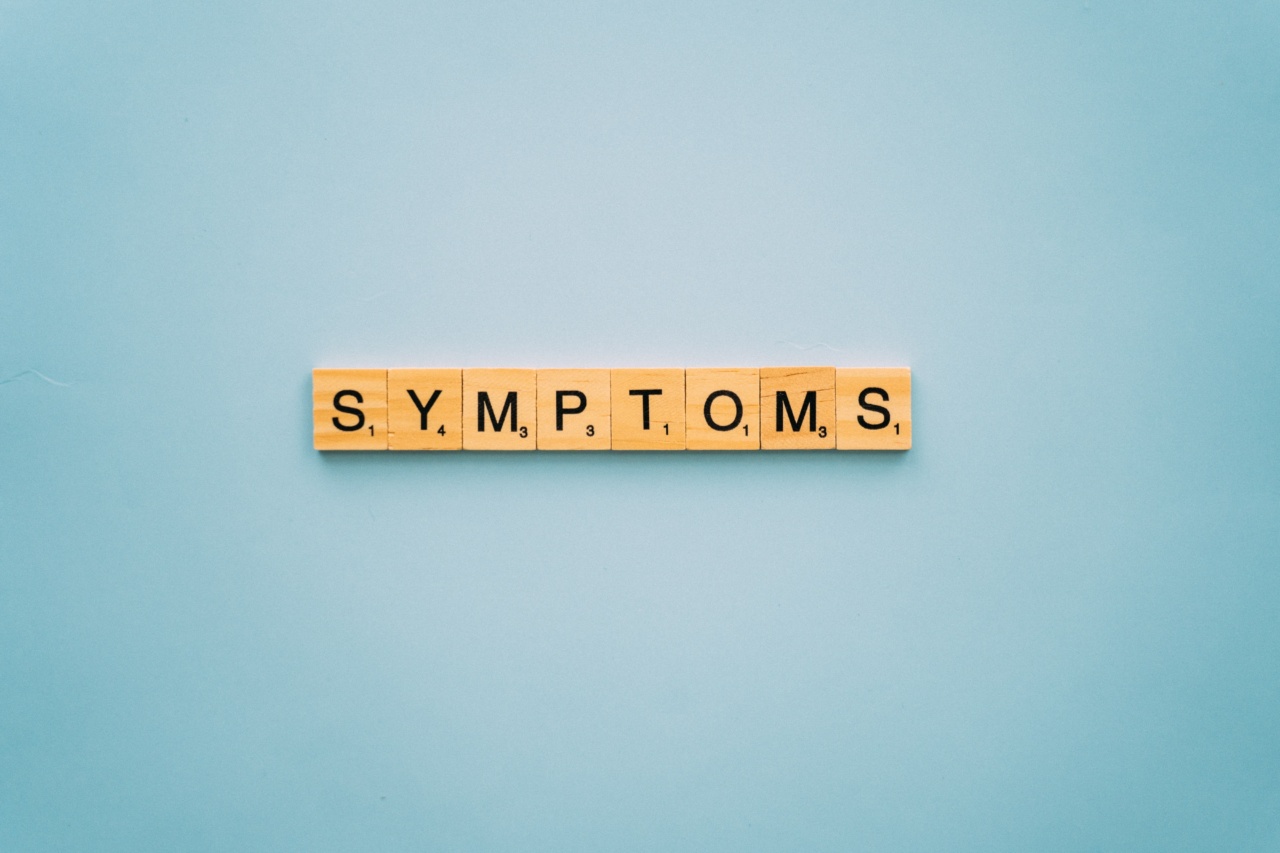A rash is a noticeable change in the texture or color of skin. The skin may become bumpy, scaly, itchy, or otherwise irritated. The causes of rashes can vary and include anxiety, allergies, and infections.
Whatever the cause may be, identifying the signs and symptoms of rashes can help you determine the best course of action to get rid of them.
Common Types of Rashes
There are many different types of rashes, each with their own unique signs and symptoms. Below are the most common types of rashes:.
Atopic dermatitis (eczema)
Atopic dermatitis or eczema is a chronic condition that causes itchy, inflamed skin. It is most common in children but can occur in adults as well. The symptoms of this form of rash are as follows:.
- Itchy and red patches on the skin
- Small bumps that may leak fluid if scratched
- Thickened, scaly skin
Psoriasis
Psoriasis is a chronic autoimmune condition that causes the skin to become inflamed and forms scaly, red patches on the skin. It affects both adults and children. The symptoms of this rash are:.
- Red, raised patches of skin covered with silvery scales
- Dry and cracked skin that may bleed
- Itching, burning, or soreness
Rosacea
Rosacea is a chronic skin condition that causes redness and inflammation. It is most common in women over the age of 30. The symptoms of this rash are:.
- Redness on the face, neck, or chest
- Bumps or pimples on the skin
- Eyes that are bloodshot or watery
Scabies
Scabies is caused by tiny mites that burrow into the skin and lay their eggs. It is highly contagious and can cause intense itching. The symptoms of this rash are:.
- Intense itching, especially at night
- Thin, wavy lines on the skin
- Bumps or blisters on the skin, especially between the fingers and toes
Ringworm
Ringworm is a fungal infection that causes a circular rash on the skin. It is highly contagious and can be spread through skin-to-skin contact. The symptoms of this rash are:.
- Circular rash on the skin
- Red, scaly, raised border around the rash
- Itching on and around the rash
Hives
Hives, also known as urticarial, is a rash that appears suddenly and causes small, itchy bumps on the skin. It is often caused by an allergic reaction to something. The symptoms of this rash are:.
- Small, itchy bumps on the skin
- Redness and swelling
- The rash may appear and fade quickly
Shingles
Shingles is caused by the same virus that causes chickenpox. The virus stays dormant in the body and can reactivate later in life, causing a painful rash. The symptoms of this rash are:.
- Pain, burning, or tingling in one part of the body, often on one side of the body
- A rash that appears after a few days
- Blisters that break open and crust over
Impetigo
Impetigo is a bacterial infection that causes a rash on the skin. It is most common in children, and it spreads easily. The symptoms of this rash are:.
- Red or raw-looking patches on the skin
- A scaly crust that covers the patches
- A honey-colored fluid that oozes from the patches
When to See a Doctor
A rash can be a sign of a serious underlying condition. It’s important to see a doctor if you have the following symptoms:.
- Fever
- Swollen lymph nodes
- A rash that covers a large portion of your body
- A rash that lasts more than a few days
- A rash that is painful
- A rash that is accompanied by breathing difficulties, swollen face, or swollen tongue
- A rash that oozes or smells bad
A doctor can examine the rash and determine the underlying cause. Treatment may include medications and creams to alleviate the symptoms and heal the rash.
Preventing Rashes
There are steps you can take to prevent the occurrence of rashes:.
- Avoid coming in contact with known allergens or irritants
- Wash your hands frequently to prevent the spread of bacteria and viruses
- Avoid sharing personal items, such as towels and clothing
- Wear protective clothing when outdoors, especially if you are sensitive to the sun
- Practice good hygiene to prevent the spread of infections
Conclusion
Rashes can be caused by various factors, and identifying the signs and symptoms of rashes can help you determine the best course of action to treat and prevent them.
If you experience any symptoms, seek medical attention immediately to prevent serious complications.






























